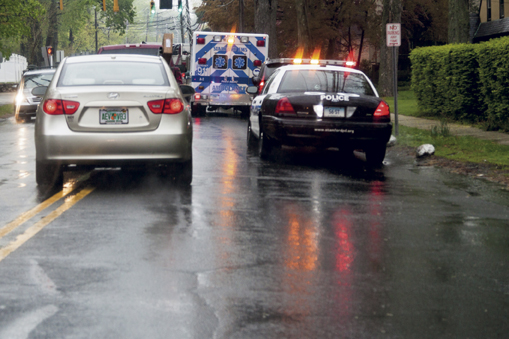To The Point
By Mary Ann Cook
BAD FAITH REFORMS AND AUTO INSURANCE AFFORDABILITY
Personal auto insurance affordability is a major issue for Florida drivers and insurers
Florida is the second least affordable state in the country for auto insurance, according to the Insurance Research Council (IRC), a division of The Institutes. A recent IRC report found that the average household in the state spent 2.45% of annual household income to purchase auto insurance, compared to the national average of 1.59%.
The high cost of auto insurance in Florida has many causes. A key factor highlighted by the IRC is the state’s litigation environment and in particular the ability of third-party claimants to file lawsuits alleging that the insurer involved in their liability claim has dealt with them in bad-faith. By filing a bad-faith lawsuit, third-party claimants can circumvent the normal upper limit on what an insurer is obligated to pay.
Third-party bad-faith lawsuits can result in settlements costing insurance companies millions of dollars—even though the original underlying limits may have been, for example, only $30,000. Further IRC research links Florida’s high claims frequency rates to its bad-faith legal environment. Additional costs generated by the legal environment also contribute to the state’s affordability problem.
As bleak as the situation in Florida now appears, strong evidence exists that steps can be taken to reverse it and restore affordability.
Other large states with no-fault insurance systems similar to Florida’s, including New Jersey, New York and Pennsylvania, enjoy much more affordable auto insurance premiums. These states, unlike Florida, have adopted administrative mechanisms for investigating and resolving allegations of insurers’ bad-faith treatment of claimants.
As bleak as the situation in Florida now appears, strong evidence exists that steps can be taken to reverse it and restore affordability. In 2005 West Virginia found itself in a similar position, with high costs for consumers and bodily injury liability coverage costs well above the national average, caused in large part by its third-party bad-faith rules. After the state revised its third-party bad-faith laws, underlying auto insurance costs fell by approximately $200 million in a five-year period.
The steps West Virginia took to restore auto insurance affordability are available to Florida. The first step would be to repeal any statutory provisions that create a private cause of action by third-party claimants against auto liability insurers. All but a few states have taken these steps and have had the provisions upheld in key court decisions. As a second step, the Florida Office of Insurance Regulation should establish a mechanism by which claimants can seek administrative review of allegations of bad-faith, including appropriate remedies. This is how it works in most other states.
Enacting simple bad-faith reforms could save Florida-based personal auto insurers and policyholders hundreds of millions of dollars. We can and should find ways to improve the insurance legal environment to benefit consumers. n
The author
Mary Ann Cook is senior vice president of knowledge resources for The Institutes. Through its business units and affiliates, The Institutes provide a comprehensive range of professional development solutions that address all stages and areas of a professional’s career. Visit www.theinstitutes.org for more information






